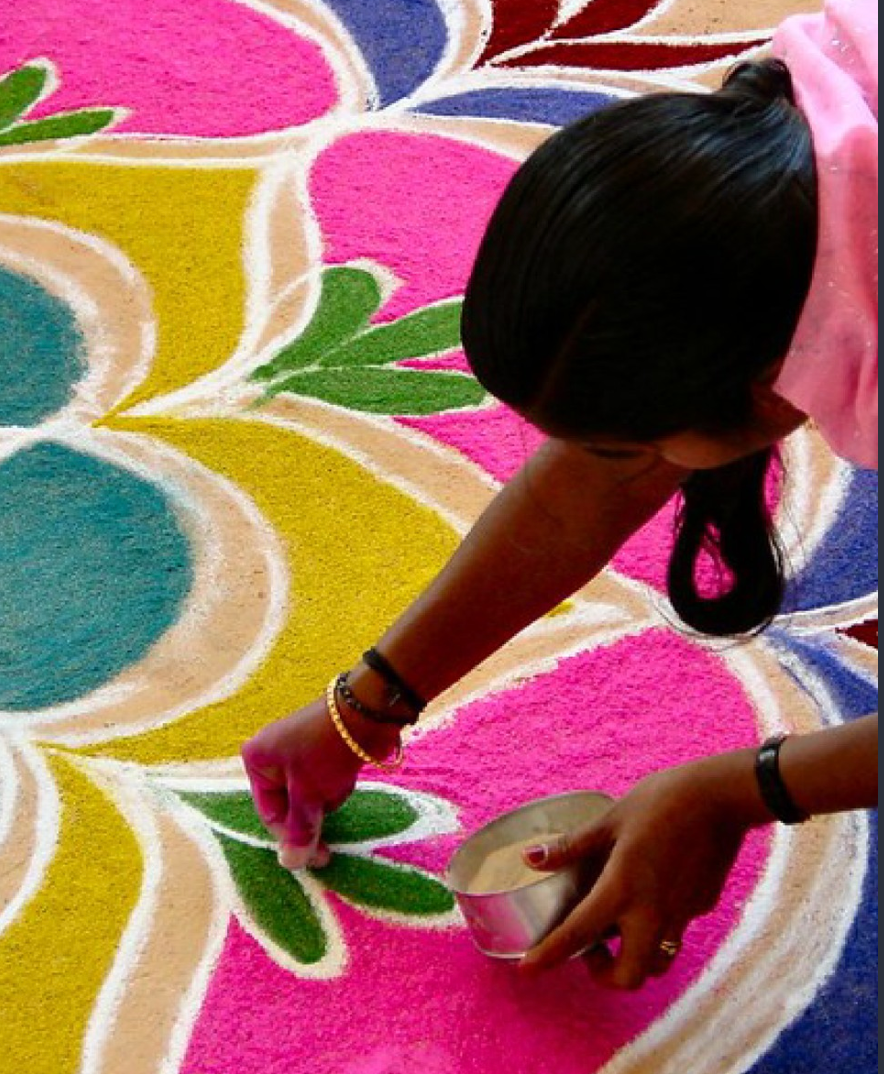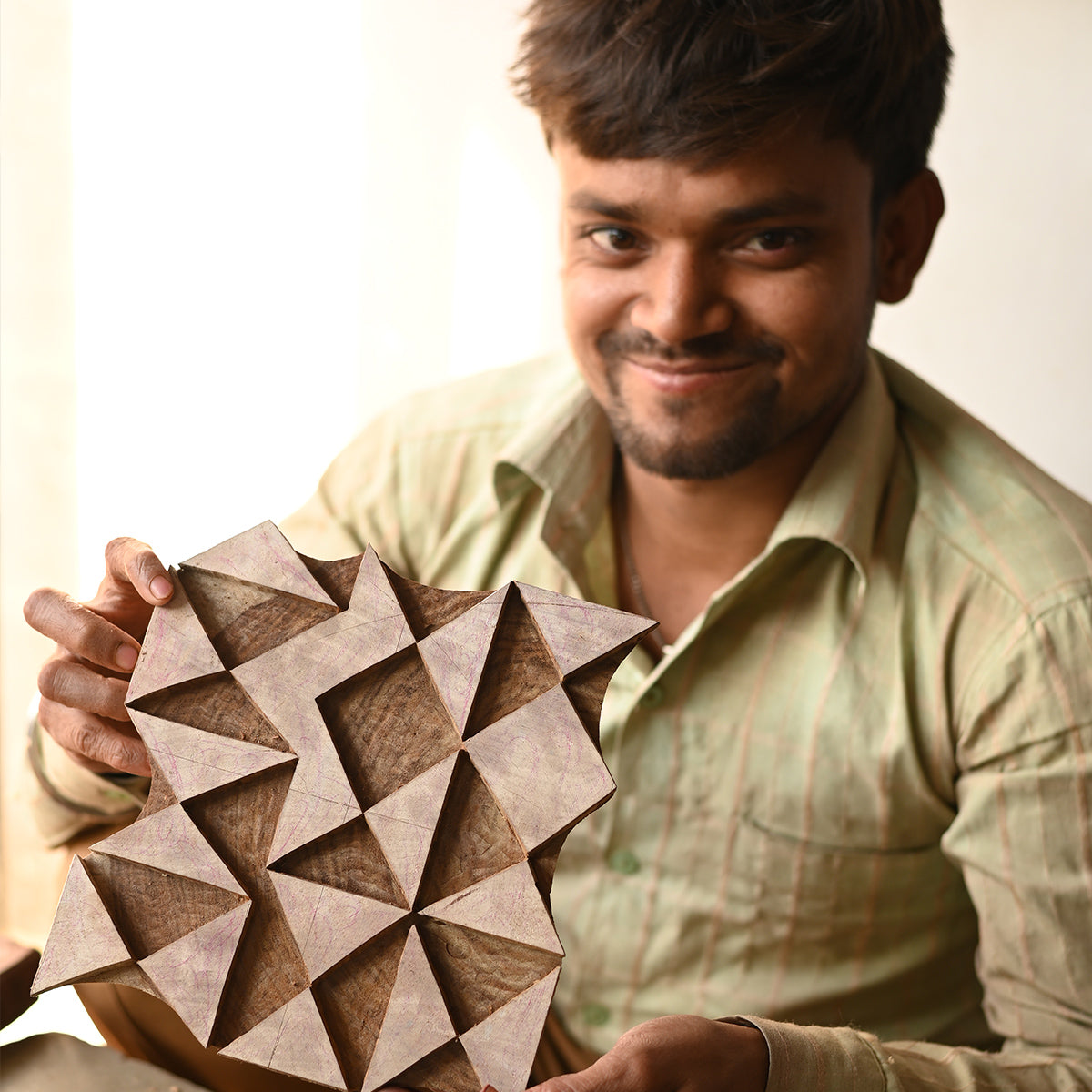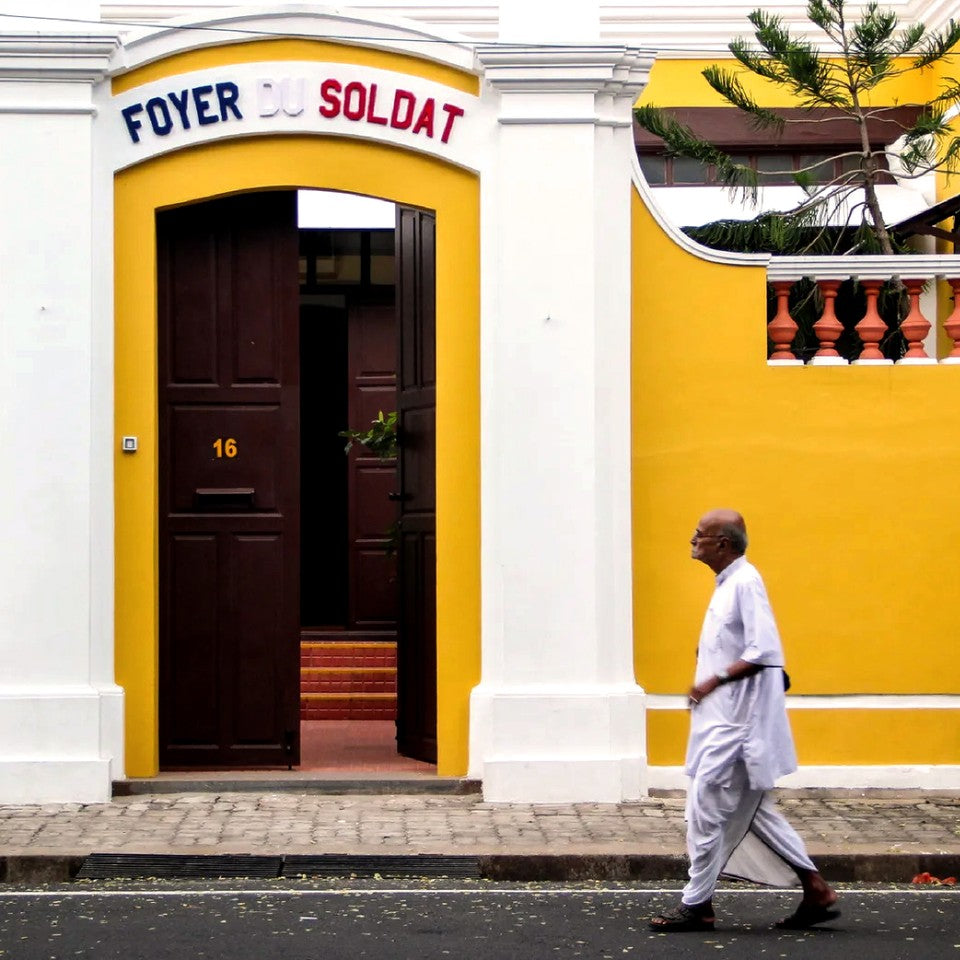
Rangoli: The Evolution of India's Artform from Sacred Temples to Contemporary Homes
Rangoli, a vibrant art form that has adorned the floors of India for centuries, is a symphony of colors that tells a story of tradition, spirituality, and communal harmony. This art form, which began in the sacred precincts of temples, has found its way into the daily life and festivities of modern Indian homes, evolving in design and significance while retaining its cultural essence.
The Divine Beginnings
The tradition of Rangoli is deeply rooted in ancient practices where it was more than an art—it was a divine expression. In temples, Rangoli served as a sacred welcome sign for the deities and a reflection of the eternal beauty of the universe. Crafted meticulously by priests or devotees, these designs were drawn with precision and care, using materials like rice flour, which also served as a food source for tiny creatures, embodying the principle of coexistence.
The Artistic Evolution
As Rangoli spread from temples to homes, it blossomed into an art form that celebrated both the mundane and the divine. The materials diversified to include colored sand, red brick powder, and even synthetic colors. The motifs also expanded from traditional geometric patterns and lotus designs to encompass a broader range of imagery, including depictions of gods and goddesses, scenes from nature, and abstract patterns that reflect contemporary aesthetics.
The Regional Variations
Across the vast expanse of India, Rangoli takes on different names and forms, reflecting the country's regional diversity. In Tamil Nadu, it's known as 'Kolam', drawn using rice flour and often incorporating dots and lines. In West Bengal, 'Alpana' is created with a paste made from rice and water, bearing designs that are more fluid and curvilinear. 'Mandana' in Rajasthan and parts of Madhya Pradesh is traditionally drawn on walls and floors using chalk and is characterized by its geometric patterns. Kerala's 'Pookalam' is a floral Rangoli made during the festival of Onam, where petals of various hues are arranged into beautiful patterns.
Rangoli in Modern Homes
In the contemporary Indian household, Rangoli continues to be a festive marker, with designs that are both traditional and innovative. During Diwali, the festival of lights, Rangoli becomes a medium to invite prosperity and happiness into the home. Modern Rangoli artists experiment with different materials, including flowers, pulses, and even light, to create three-dimensional designs.
The Social Canvas
Rangoli has transcended its religious origins to become a social art form. It is a means of bringing communities together, often seen during festivals and community events where people, regardless of their background, gather to create Rangoli. This art form has become a tool for social messages, with designs that promote themes like environmental conservation, peace, and national integration.
The Digital and Global Footprint
With the advent of the digital era, Rangoli has embraced new mediums. Online platforms and social media have become spaces where Rangoli artists share their creations, tutorials, and innovative designs, reaching a global audience. The digital world has also facilitated the fusion of Rangoli with other world art forms, creating a cross-cultural exchange of ideas and techniques.
Sustainability and the Return to Origins
In recent years, there has been a conscious effort to return to eco-friendly materials in Rangoli making, mirroring the sustainable ethos of its temple origins. This shift is a testament to the adaptability of Rangoli, ensuring that the art form remains relevant and respectful of the environment.
Conclusion
Rangoli has traveled from the divine floors of temples to the warm entrances of modern homes, transforming in expression but always retaining its essence as a celebration of life and a harbinger of good fortune. It stands as a vibrant testament to India's artistic heritage, a canvas that blends the sacred and the secular, the ancient and the modern, the local and the global. As we trace the colorful journey of Rangoli, we find a reflection of India itself—diverse, dynamic, and deeply rooted in its culture.





